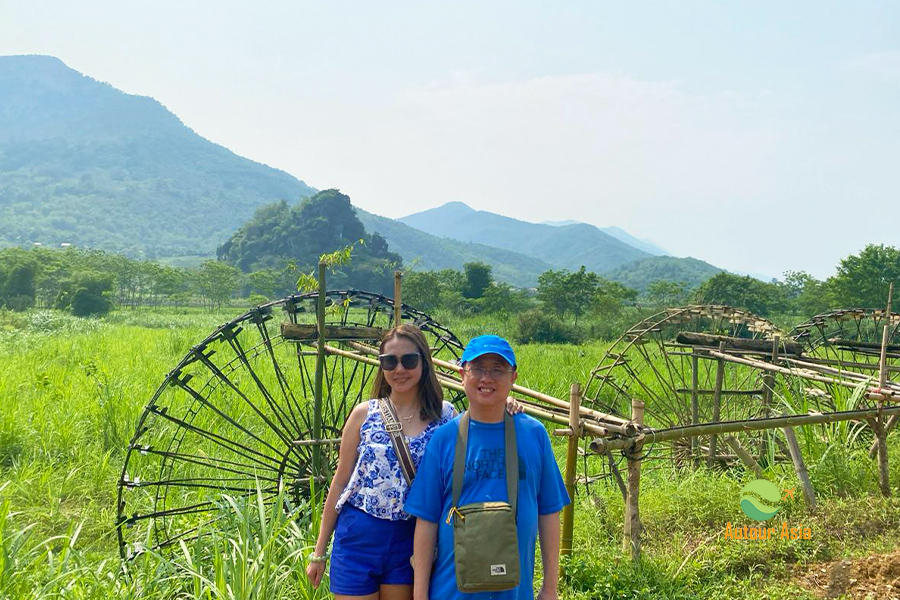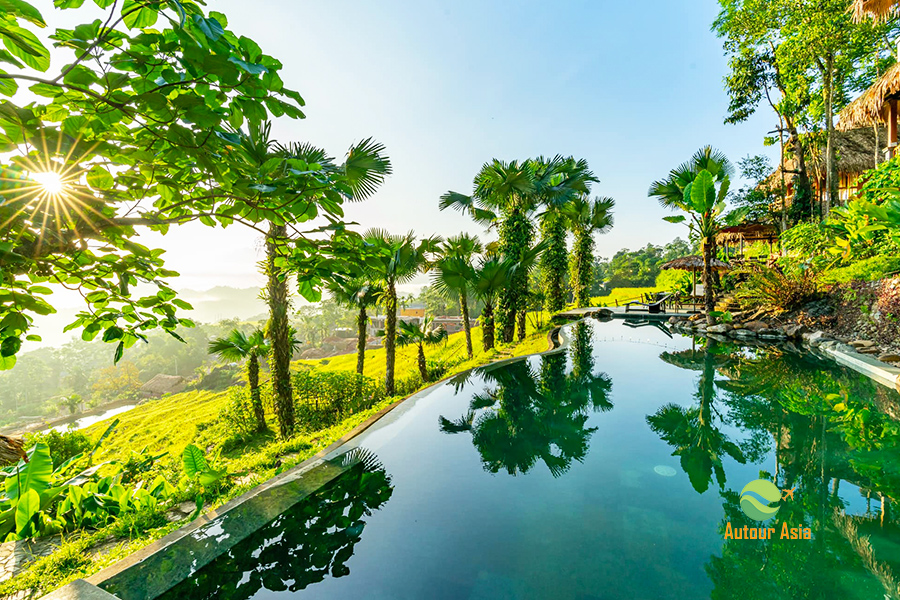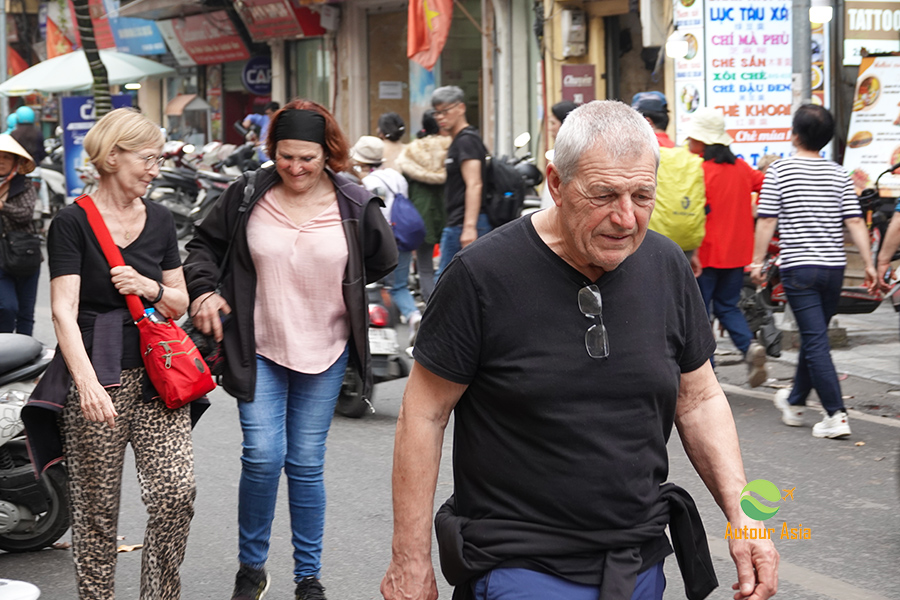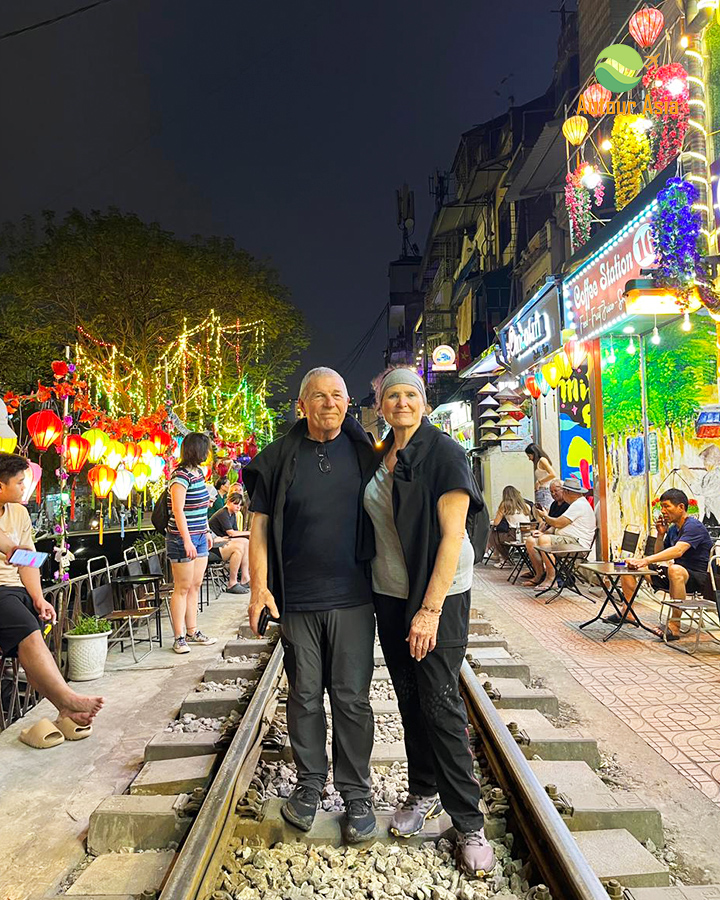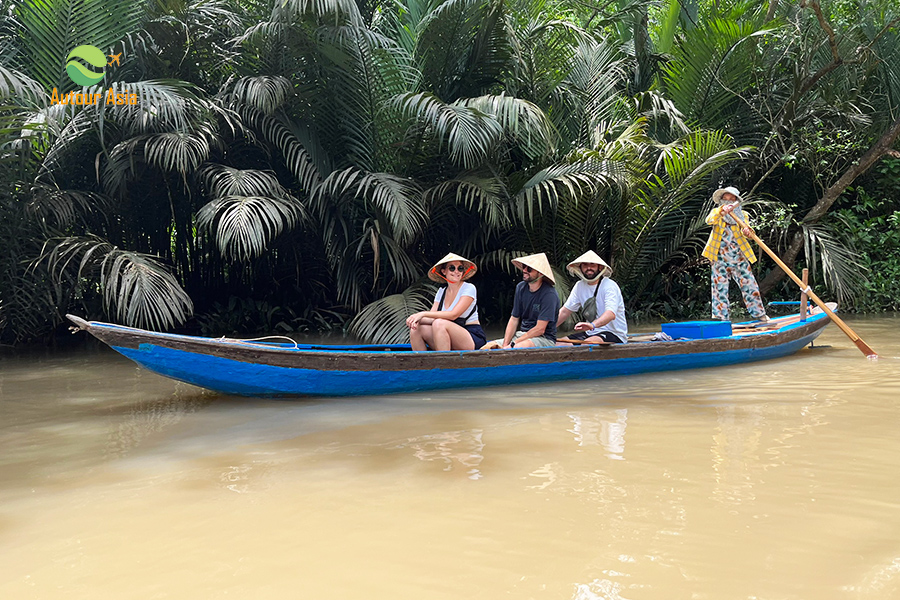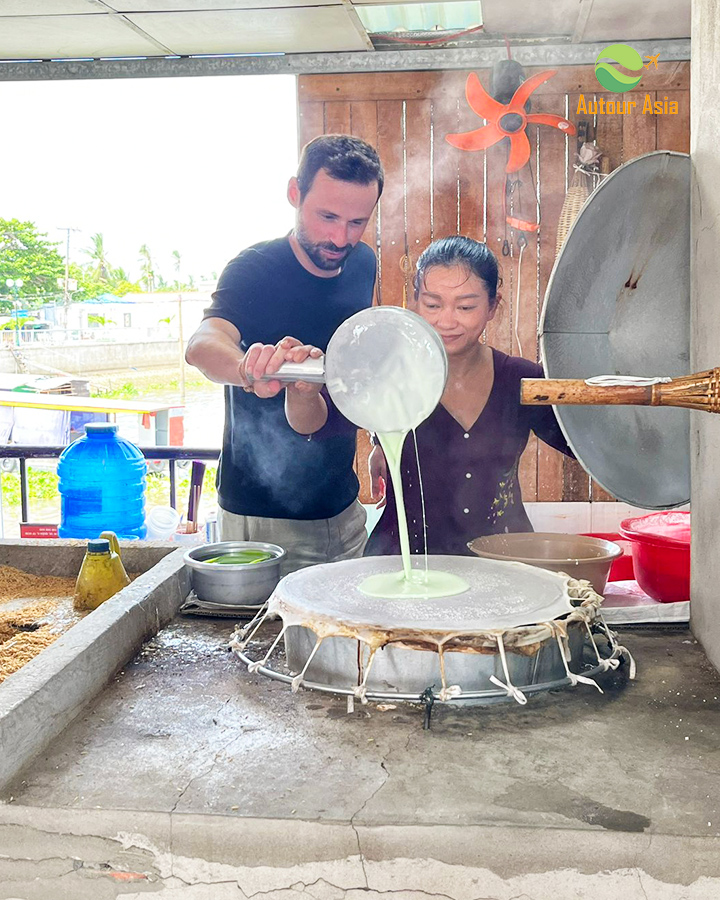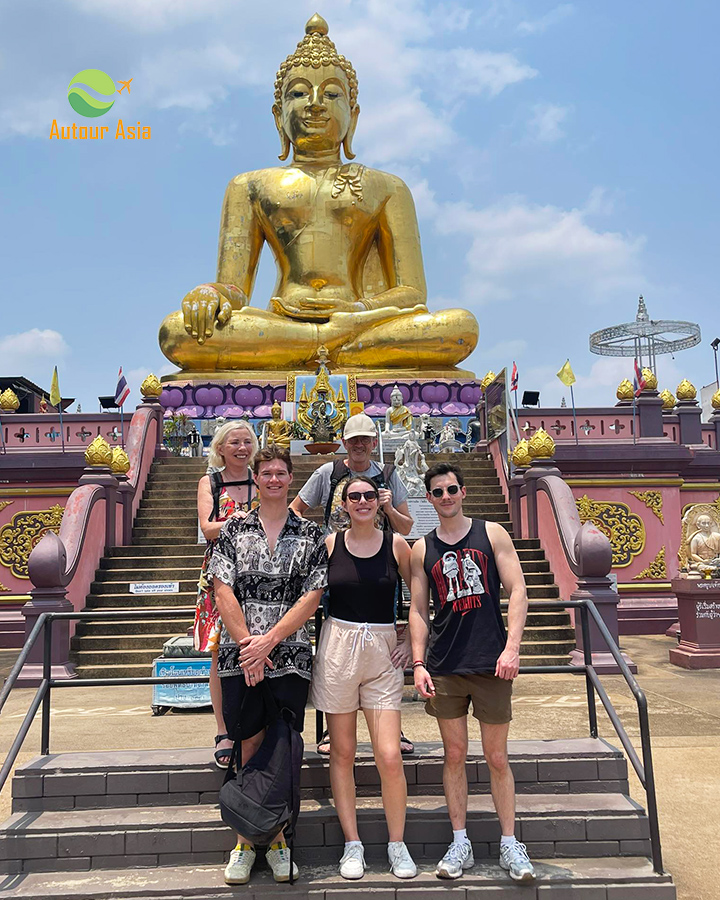Which Month Is Best For A Vietnam Tour?

Which Month Is Best For A Vietnam Tour? We glad you asked. While Vietnam is a beautiful country, it also have some down times. And to avoid or to aime for the best time to go to Vietnam, you will need all the informations bellow. So take a look!
1. Vietnam climate and seasons
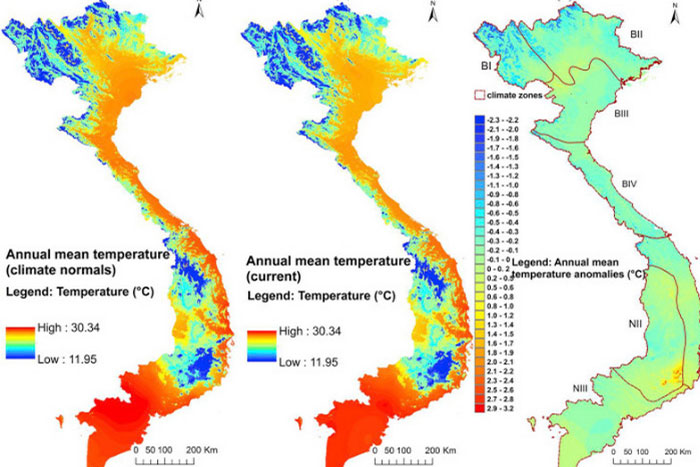
2. Best months for Vietnam tour
a. North Vietnam: Hanoi, Halong Bay, and Sapa
Vietnam Month fine autumn weather — from October to December — is typical of the North, dry, and cool with average temperatures between 15°C and 25°C. During this time, tourism sites around Hanoi are best visited with a cruise to Halong Bay or a trek through the hill terraces planted with rice in Sapa.
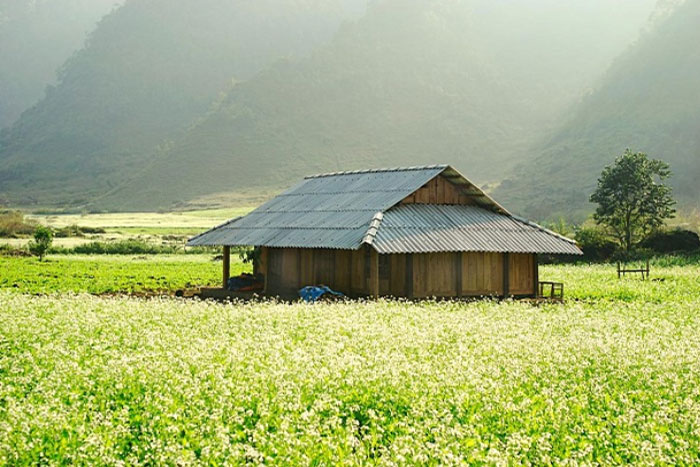
Vietnam Month January to February: This is winter, and it's cold, especially up in the mountains of Sapa, where it gets as low as 10°C or below. Hanoi sometimes could be a bit chilly, although this time turns out to be one of the best times to visit local attractions, given the kinds of festive fun from the Lunar New Year or Tet.
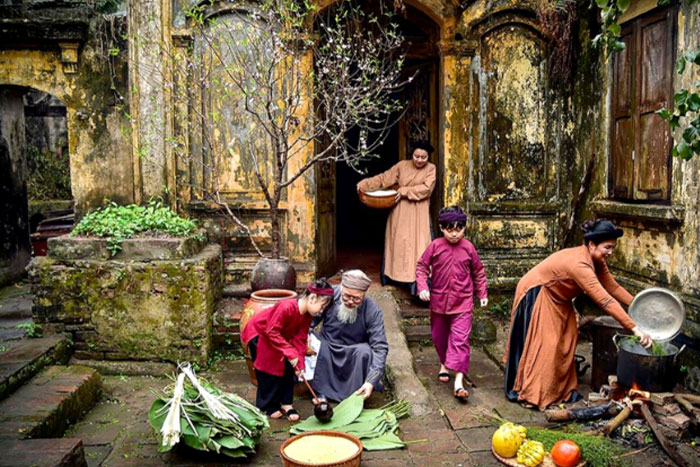
Vietnam Month March to April: The temperature rises to around 20°C to 25°C with warmer weather during early spring and flowers in full bloom. This would therefore be an excellent time for some cultural activities and outdoor adventures ahead of the scorching summer.

b. Central Vietnam—Hue, Da Nang, Hoi An
Vietnam Month February to May: The weather is warm and dry, with average temperatures ranging from 25-30°C. This is the best time for beachgoers to Da Nang or Hoi An, and to discover the ancient capital of Hue. The weather will be bright with a blue sky and calm seas, which are perfect for swimming and diving.
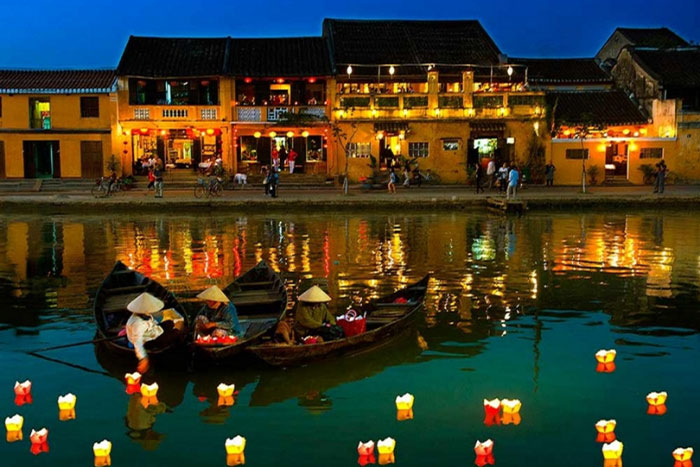
Vietnam Month June to August: These are summer months, with hot and humid temperatures, although still rather dry. While it is still good for beach life, such high temperatures can be unbearable for some travelers.
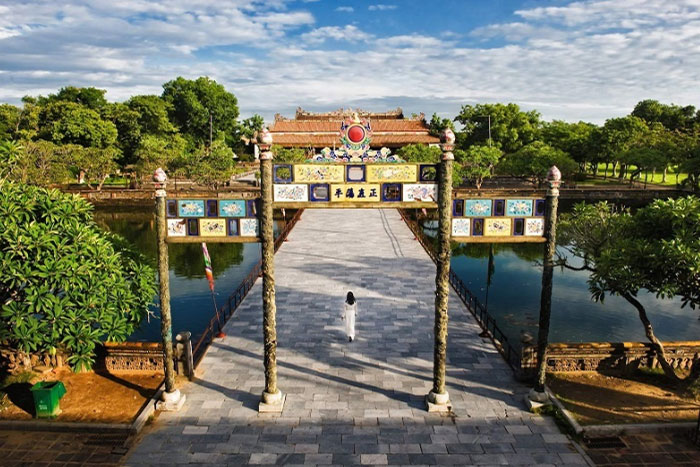
Vietnam Month September to November: This is the rainy season, especially in October and November, which is characterized by heavy rainfalls and typhoons. Floods may easily occur during these months; therefore, it's best to avoid central Vietnam.
c. South Vietnam: Ho Chi Minh City, Mekong Delta, Phu Quoc
Vietnam Month December to April: This is the dry season in the South; temperatures are invariably warm, between 25°C and 35°C (77°F–95°F), with low humidity. This is a fine time to discover the busy streets of Ho Chi Minh City, cruise around the Mekong Delta, or simply relax on Phu Quoc's beaches.
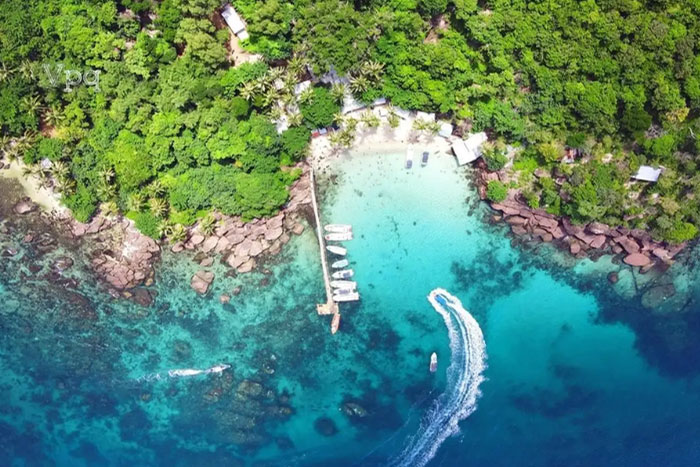
Vietnam Month May to November: This is the rainy season. June to September is the wettest period. Showers may be of short duration but very heavy, especially in the afternoons. It's still possible to travel in this season. The rain rarely continues throughout the day, and the countryside is lush green.
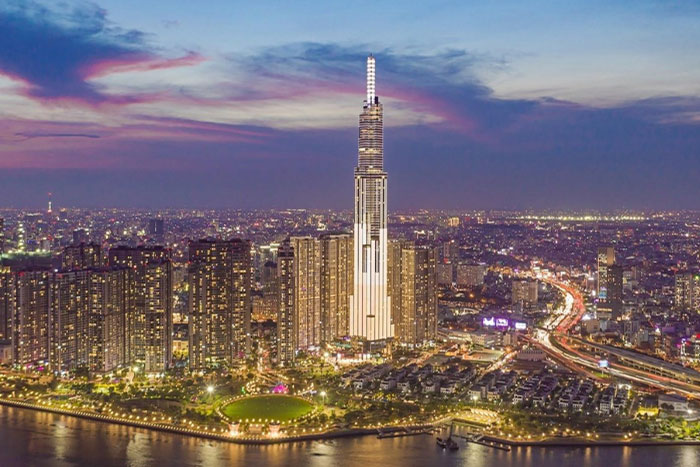
d. General Recommendations:
Vietnam Month November to April: If you want to explore Vietnam in the most comprehensive way, this is the period. The weather is mostly fine throughout, with cool conditions in the North, warmth and dryness along the Central coast, and sun with dry seasons in the South.
Vietnam Month March to April: This is the time of year when weather in both the North and South is good; one can still bathe and enjoy the historical sites in Central Vietnam.
3. Some tips for your Vietnam tour
Respect Local Customs and Etiquette:
Be Careful on the Roads:
Eat Like A Local:
Learn some Vietnamese Phrases:
Bargaining Wisely:
What Month Is Rainy Season In Vietnam? The adventure to explore Vietnam in the rainy season puts a totally new dimension into its vibrancy and serenity. It refreshes the charm of the area, right from the rice green fields to mist-covered mountains. Although such downpours may occasionally alter your plans, it also opens opportunities to experience stunning reflections in flooded rice paddies or the quiet atmosphere of places of interest with fewer tourists. Embrace the rain, and you will find another, no less amazing side of rain season Vietnam.
Month to visit Vietnam's winter season spans from November to April, with regional variations in temperature and weather. In the northern part of the country, including Hanoi and Sapa, winter occurs from November to February. During these months, temperatures can drop to around 10-20°C (50-68°F), with cooler, dry weather, and occasional drizzles or fog, especially in the mountainous areas. This period is ideal for exploring northern landscapes, such as the terraced rice fields in Sapa and the historic sites in Hanoi. In central Vietnam, winter is from December to February, characterized by mild temperatures and relatively dry conditions, making it a pleasant time to visit cities like Da Nang and Hoi An. In southern Vietnam, including Ho Chi Minh City and the Mekong Delta, winter is less pronounced, with temperatures remaining warm, ranging from 25-30°C (77-86°F), and this period is part of the dry season, offering ideal conditions for travel and exploration. Overall, winter in Vietnam provides a diverse range of weather experiences depending on the region, making it a suitable time for travel across the country.
The hottest month to visit Vietnam is typically **June**, when temperatures can soar across much of the country. During this time, the northern region, including Hanoi, experiences average highs around 33°C (91°F) with high humidity, making the heat feel more intense. In central Vietnam, cities like Da Nang and Hoi An can see temperatures reaching up to 35°C (95°F), with strong sun and elevated humidity levels, making it quite sweltering. The southern region, including Ho Chi Minh City and the Mekong Delta, also experiences high temperatures, averaging around 34°C (93°F) in June, accompanied by the start of the rainy season which can add to the humidity and discomfort. The intense heat in June can be overwhelming for travelers, especially if you're not accustomed to such conditions. It's advisable to stay hydrated, wear light clothing, and avoid outdoor activities during the peak heat of the day. Despite the high temperatures, June also offers the opportunity to experience Vietnam's vibrant summer festivals and lively street scenes, but preparing for the heat is crucial to enjoying your trip comfortably.
Related travel guide
Other similar articles
CUSTOMIZABLE BY LOCAL EXPERTS
Personalized trip at the original price!
REFUND GUARANTEE
We believe in our work and promise to give you money back.
GOOD PRICE / QUALITY
95% satisfied more than expected!
24/7 LOCAL SUPPORT
We are always available online to provide assistance at any time.
Most read articles
Autour Asia is highly recommended on
Embracing the mission of "Satisfied more than expected" and providing authentic experiences, we have received numerous recommendations on reputable travel forums:
































